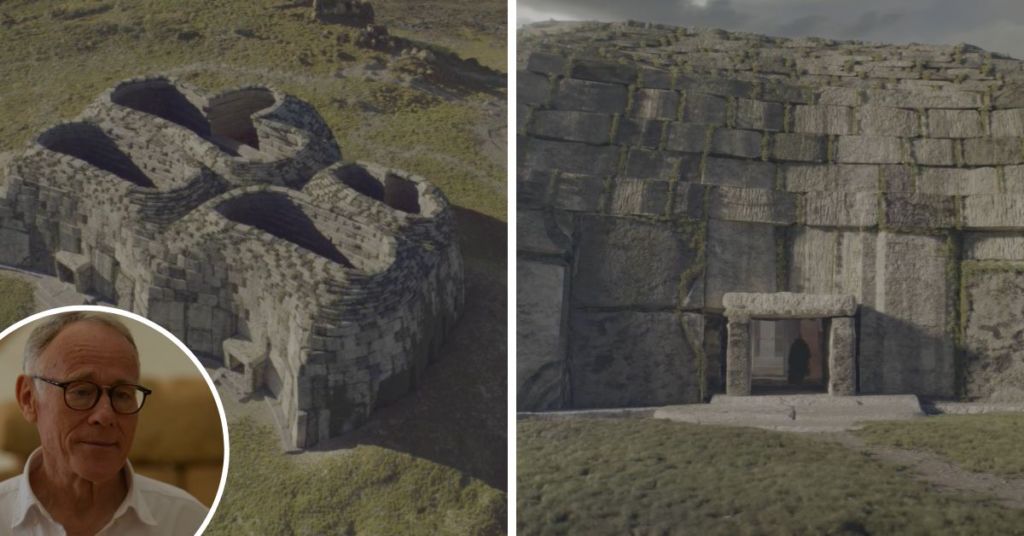Watch: Is This What Ġgantija Once Looked Like? New Netflix Series Explores Ancient Origins

Did you ever wonder what Gozo’s famous Ġgantija temple complex used to look like in its heyday?
New Netflix series Ancient Apocalypse has explored some prehistoric sites as part of journalist Graham Hancock’s quest for clues about lost civilisations dating back to the last Ice Age.
The third episode is based on the Maltese megalithic temples, which were believed to be the world’s oldest free-standing structures before the discovery of Göbekli Tepe in Turkey.
As he visits Gozo’s Ġgantija, the oldest of these Maltese temples, Hancock shows a visual reconstruction of what it must have looked like in its prime.
View this post on Instagram
“It was as large as a three-storey house, with two connected temples and oval-shaped chambers, walls painted reds, and altars where charred animal bones were found,” Hancock said.
Although archaeologists believe Ġgantija was built around 3600–2500 BC, Hancock suggests it could be much older than that and date back to a lost civilisation that flourished during the Ice Age, back when Malta was still connected to mainland Europe.

Were the temples built to point at Sirius, the brightest star in the sky?
The episode explores the Sirius Rising theory, which postulates that the temples were constructed thousands of years before archaeologists believe they were built to point at the brightest star in the sky.
Dutch researcher Lenie Reedijk, who wrote a book about this theory, is interviewed by Hancock on the show.
Have you watched Ancient Apocalypse?